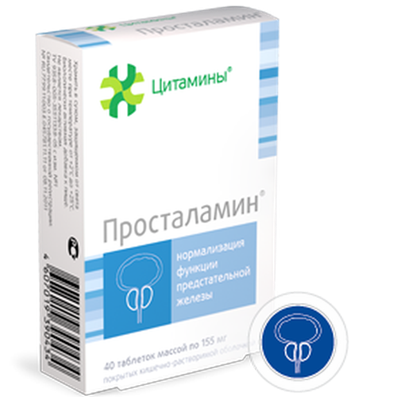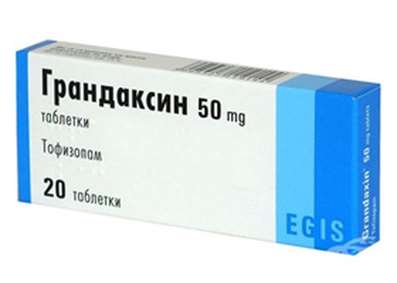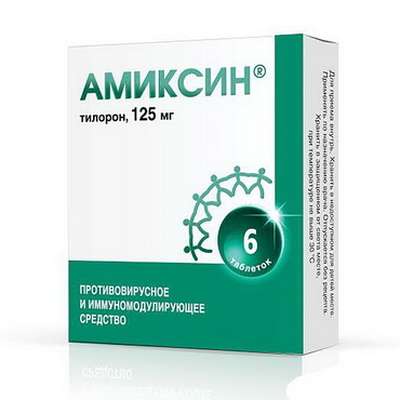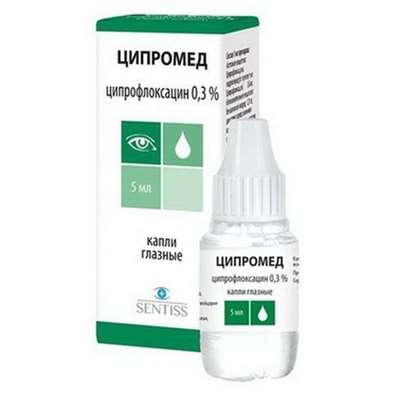Instruction for use: Bupivacaine
I want this, give me price
Latin name: Bupivacainum (genus. Bupivacaini)
Chemical name
1-Butyl-N- (2,6-dimethylphenyl) -2-piperidinecarboxamide (and as the hydrochloride)
Gross formula
C18H28N2O
Pharmacological group:
Local irritants
The nosological classification (ICD-10)
R52.0 Acute pain: Acute pain syndrome; Acute pain syndrome with osteoarthritis; Acute pain syndrome of traumatic origin; Severe pain of a neurogenic nature; Severe pain; Pain syndrome at delivery
Z100.0 * Anesthesiology and premedication: Abdominal surgery; Adenomectomy; Amputation; Angioplasty of the coronary arteries; Carotid artery angioplasty; Antiseptic treatment of skin in wounds; Antiseptic treatment of hands; Appendectomy; Atheroctomy; Balloon coronary angioplasty; Vaginal hysterectomy; Venous bypass; Interventions on the vagina and cervix; Interventions on the bladder; Interference in the oral cavity; Reconstructive-reconstructive operations; Hand hygiene of medical personnel; Gynecological Surgery; Gynecological interventions; Gynecological operations; Hypovolemic shock during surgery; Disinfection of purulent wounds; Disinfection of the edges of wounds; Diagnostic Interventions; Diagnostic procedures; Diathermocoagulation of the cervix; Long-term surgeries; Replacement of fistulous catheters; Infection in orthopedic surgical interventions; Artificial heart valve; Kistectomy; Short-term outpatient surgery; Short-term operations; Short-term surgical procedures; Cryotyreotomy; Blood loss during surgical interventions; Bleeding during surgery and in the postoperative period; Laser coagulation Laserocoagulation; Laser retinopathy of the retina; Laparoscopy; Laparoscopy in gynecology; Likvornaya fistula; Small gynecological operations; Small surgical interventions; Mastectomy and subsequent plastic surgery; Mediastinotomy; Microsurgical operations on the ear; Mukinging operations; Suturing; Minor surgery; Neurosurgical operation; Eclipse of the eyeball in ophthalmic surgery; Orchiectomy; Pancreatectomy; Pericardectomy; The rehabilitation period after surgical operations; Reconvalence after surgical intervention; Percutaneous transluminal coronary angioplasty; Pleural Thoracocentesis; Pneumonia postoperative and post traumatic; Preparing for surgical procedures; Preparing for a surgical operation; Preparation of the surgeon's arms before surgery; Preparation of the colon for surgical interventions; Postoperative aspiration pneumonia in neurosurgical and thoracic operations; Postoperative nausea; Postoperative hemorrhage; Postoperative granuloma; Postoperative shock; Early postoperative period; Myocardial revascularization; Resection of the apex of the tooth root; Resection of the stomach; Bowel resection; Resection of the uterus; Liver resection; Small bowel resection; Resection of a part of the stomach; Reocclusion of the operated vessel; Gluing of tissues during surgical interventions; Suture removal; Condition after eye surgery; Condition after surgery in the nasal cavity; Condition after gastrectomy; Condition after resection of the small intestine; Condition after tonsillectomy; Condition after removal of duodenum; Condition after phlebectomy; Vascular Surgery; Splenectomy; Sterilization of surgical instrument; Sterilization of surgical instruments; Sternotomy; Dental surgery; Dental intervention on periodontal tissues; Strumectomy; Tonsillectomy; Thoracic surgery; Total gastrectomy; Transdermal intravascular coronary angioplasty; Transurethral resection; Turbinectomy; Removal of a tooth; Cataract removal; Removing Cysts; Removal of tonsils; Removal of myoma; Removal of mobile milk teeth; Removal of polyps; Removal of a broken tooth; Removal of the uterus; Removal of seams; Urethrotomy; Fistula of the luminal ducts; Frontoetmoidogamotomy; Surgical infection; Surgical treatment of chronic ulcers of extremities; Surgery; Surgery in the anus; Surgery on the large intestine; Surgical practice; Surgical procedure; Surgical interventions; Surgical interventions on the digestive tract; Surgical interventions on the urinary tract; Surgical interventions on the urinary system; Surgical interventions on the genitourinary system; Surgical intervention on the heart; Surgical procedures; Surgical operations; Surgical operations on veins; Surgical intervention; Vascular Surgery; Surgical treatment of thromboses; Cholecystectomy; Partial resection of the stomach; Extraperitoneal hysterectomy; Percutaneous transluminal coronary angioplasty; Percutaneous transluminal angioplasty; Coronary artery bypass grafting; Extirpation of the tooth; Extirpation of infant teeth; Extirpation of pulp; Extracorporeal circulation; Extraction of the tooth; Extraction of teeth; Extraction of cataracts; Electrocoagulation; Endourological interventions; Episiotomy; Ethmoidotomy; Complications after tooth extraction
CAS code
2180-92-9
Characteristics of the substance Bupivacaine
Local anesthetic from the group of amides. White crystalline powder. It is readily soluble in 95% ethanol, soluble in water, slightly soluble in chloroform and acetone.
Pharmacology
Pharmacological action - local anesthetic.
It blocks the occurrence and conduct of a nerve impulse, increasing the threshold of excitability of the nerve fiber and decreasing the magnitude of the action potential. Being a weak lipophilic base, it penetrates through the lipid nerve envelope inside and, passing to the cationic form (due to a lower pH), inhibits sodium channels.
The magnitude of systemic absorption depends on the dose, concentration and volume of the solution used, on the route of administration, on the vascularization of the injection site, and on the presence / absence of epinephrine (adrenaline) or other vasoconstrictor. The connection with plasma proteins is variable and is determined by the amount of the drug that has fallen into the systemic circulation: the lower the concentration, the higher the bond with proteins. Passes through the placental barrier by passive diffusion. Has a high affinity for blood proteins (about 95%), poorly passes through the histohematological barriers (the ratio of the fetus - the mother's organism is 0.2-0.4). Depending on the methods of administration, it is found in significant quantities in well-blood-supplying tissues: the brain, myocardium, liver, kidneys and lungs. When conducting caudal, epidural and conductive anesthesia, Cmax is achieved in 30-45 minutes. T1 / 2 in adults is 2.7 hours, in newborns - 8.1 hours. It is biotransformation in the liver by conjugation with glucuronic acid. Excreted mainly by the kidneys, with 6% unchanged.
The severity of anesthesia depends on the diameter, myelination and the speed of the impulse of a particular nerve fiber. The clinical sequence of inhibition of conduction from different types of receptors is as follows: pain, temperature, tactile, proprioceptive and efferent neuromuscular. Getting into the systemic bloodstream, it affects the cardiovascular system and the central nervous system. With IV injection of large doses, the conduction slows down and suppresses the automatism of the sinus node, the occurrence of ventricular arrhythmias and the arrest of the pacemaker. There is a decrease in cardiac output (negative inotropic effect), OPSS and AD. The effect on the central nervous system is manifested by depression of the centers of the medulla oblongata, incl. respiratory (possibly suppressing breathing and coma) or stimulating effects on the cerebral cortex with the development of psychomotor agitation and tremor, followed by generalized seizures.
Local anesthesia develops 2-20 minutes after administration and lasts up to 7 hours, and it may be prolonged by adding adrenaline (other vasoconstrictors) to the solution in a ratio of 1: 200,000. After the end of anesthesia, a prolonged phase of analgesia is observed.
A 0.75% solution of bupivacaine is not used in obstetric practice due to the frequent occurrence of cardiac arrest and respiration in patients. Regional intravenous anesthesia drug sometimes accompanied by a fatal outcome. In the course of retrobulbar anesthesia, the occurrence of respiratory arrest is described.
Application of Bupivacaine
Caudal, epidural, lumbar and conductor (in dentistry), retrobulbar anesthesia, sympathetic blockade.
Contraindications
Hypersensitivity to local anesthetics, especially amide groups, children (up to 12 years) age.
Restrictions on the use
Pregnancy, breastfeeding (it is necessary to stop), liver disease with a violation of its functions.
Side effects of Bupivacaine
Symptoms of CNS excitation or depression (anxiety, anxiety, dizziness, tinnitus, visual impairment, limb tremor, generalized convulsions), paralysis of the extremities, paralysis of the respiratory muscles, bradycardia, impaired sphincter function, urinary retention, paresthesia and numbness of the extremities, impotence, decrease cardiac output, blockade of the sinus node, hypotension, bradycardia, ventricular arrhythmias, incl. ventricular tachycardia, cardiac arrest.
Overdose
Symptoms: hypotension (up to the collapse), bradycardia (cardiac arrest possible), ventricular arrhythmias, respiratory depression, confusion, convulsions.
Treatment: there is no specific antidote. Symptomatic therapy is carried out, including, if necessary, a number of urgent measures: intubation, inhalation of oxygen through the mask, installation of an external artificial pacemaker.
Routes of administration
Parenterally.

 Cart
Cart





